Consider the Coconut: The 1001 Uses for the Common Coconut Palm in Belize Including the Coconut Apple
Consider the amazing coconut. I have to admit…that I don’t do it very often. In fact, I take the coconut palm for granted on an island…in a country where they are everywhere! (As you’ll see in my photos – I think there are coconut trees in about 75% of the pics I take)
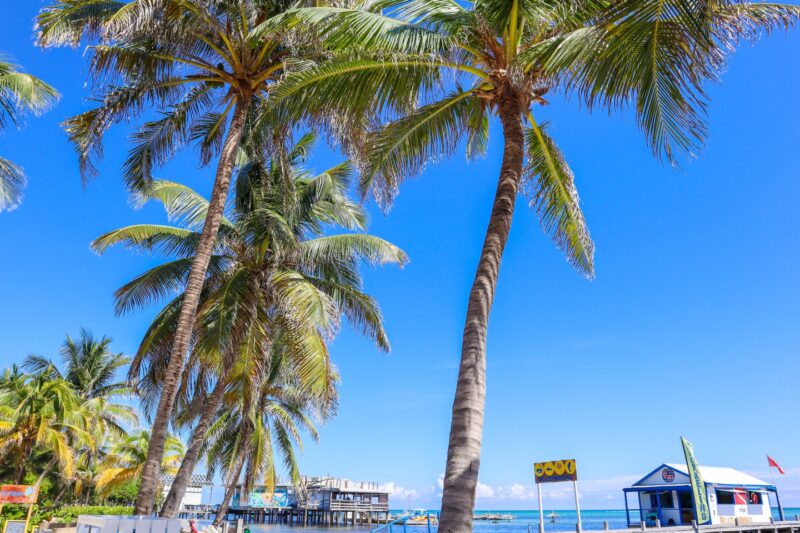
But yesterday, as I was watching a coconut apple being extracted from a sprouting coconut – I couldn’t help but wonder…is the coconut palm the tree of life? The one plant everyone should pray for if they ever wash up unexpectedly on a desert island in the middle of a vast ocean?
When asked the question in the past…What is the one food you would want on a desert island…the one food I love SOOO much that I could eat it forever and ever and it would never grow old (aka “the desert-island question), I’d always answered NY bagels and lots of cream cheese.
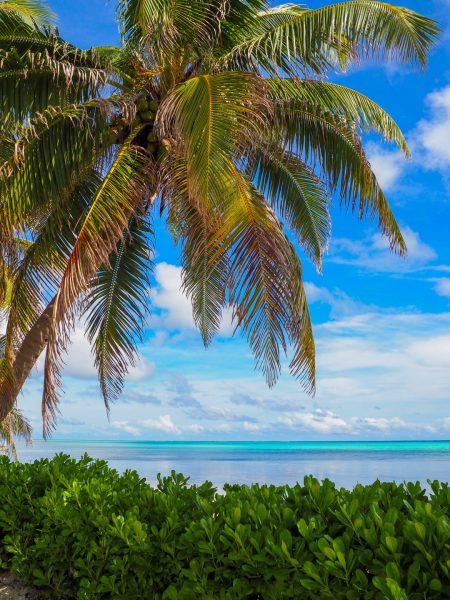
(I think this question is generally asked on the second…or maybe third date? A sort of litmus test for taste and compatibility)
BUT…we should all be answering “The coconut” – and the tree that it grows on. AND MAGICALLY…as if it was planned just perfectly…that tree is probably ON your tiny isle thousands of miles from any living creature. That one you washed up on.
Maybe your answer to the question should be “a large sharp knife”.
16 Desert-Island Icebreaker Questions #15 is the one I’m talking about!
So after doing a little internet research – here are just SOME of the 101 ways or more that a coconut palm can produce amazing useful things. From practically nothing. These trees grow in sand. In areas that can see no freshwater/rain for months at a time…
Incredible.
The Coconut Apple
Let’s start with this – because it piqued my interest in coconuts – AND because I tasted one yesterday at beautiful Tuto Belize.
It’s called a “Coconut Apple” in Belize but has a few names – including Coconut Embryo – the name that best describes what it is.
When a coconut seed falls on the ground – it will start to sprout (whether buried or not). And the part of the coconut that is generally filled with coconut water, turns into a solid. Well…like a solid. It turns into what I would call “slightly coconut flavored foam rubber”. I grabbed this image from my favorite seabean website.
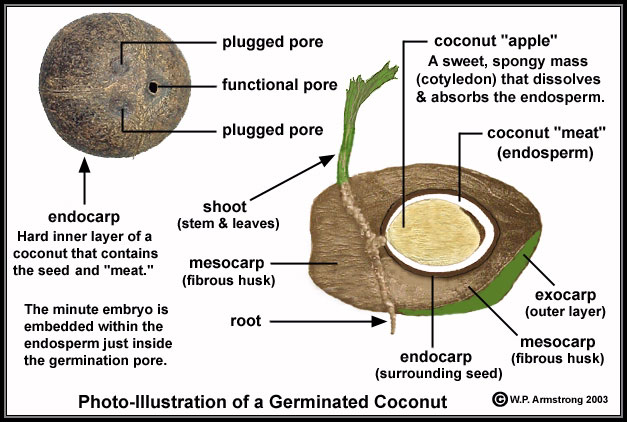
In Belize, many consider the coconut apple a treat.
A sprouted coconut. You remove the husk with this spike.


Crack open the coconut by hitting it with a machete and…voile.

A spongy ball filled with nutrients for the growing coconut palm.

You don’t eat the remaining meat of the coconut because the nutrients (the sweetness and the flavor) has been “sucked into” the apple.
Not my favorite way to eat the coconut but very very cool.
History of Coconut Trees on San Pedro
Where did the coconut originally come from? It seems as though there is quite a bit of controversy around that – but they think south Asia, India, and New Zealand. It’s hard to say since a coconut just needs to drop in the ocean…float to just about anywhere tropical and plant itself there. And then drop more seeds. A mature tree can make a few hundred coconuts in a year.
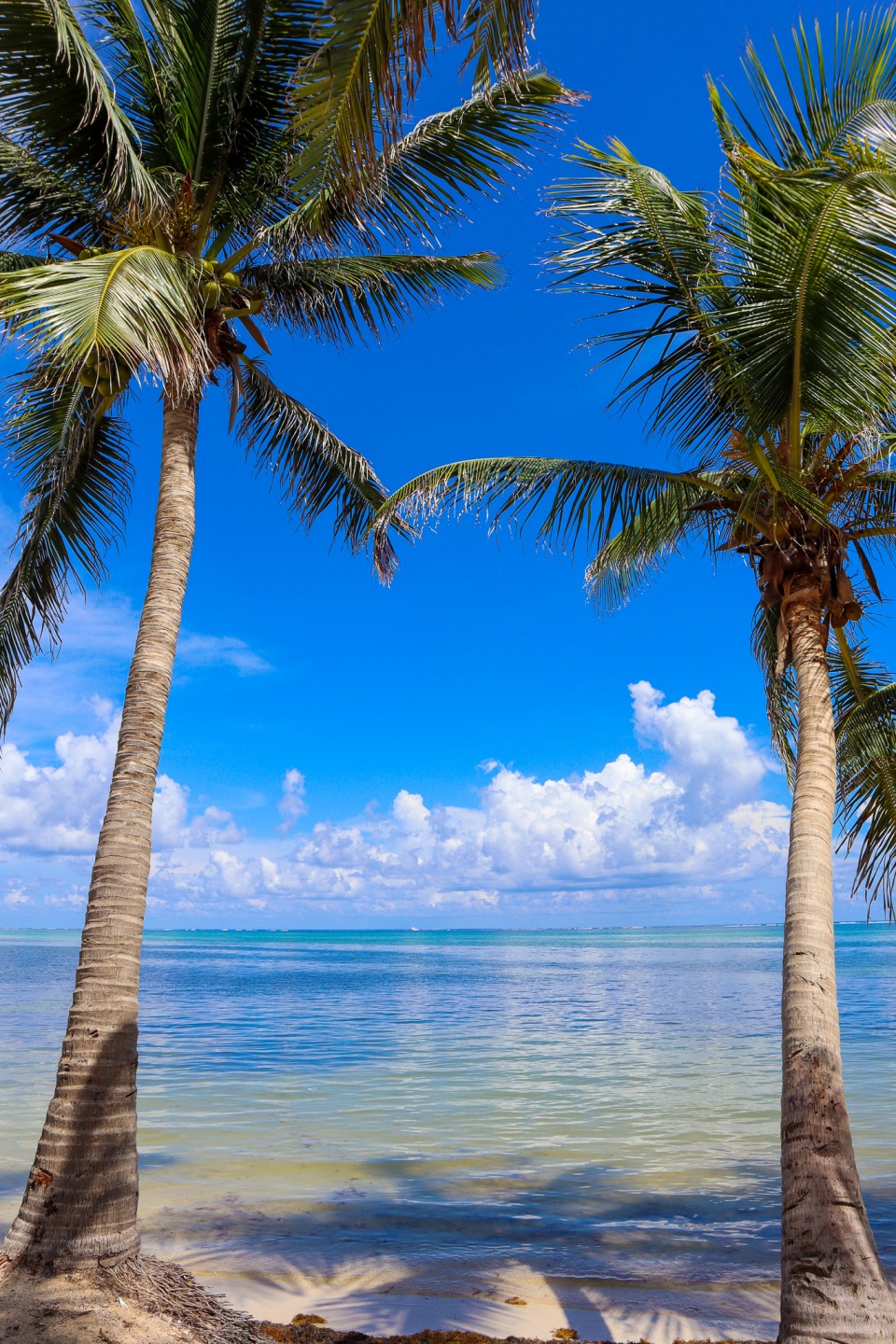
But now to the island: Coconuts were THE BUSINESS on Ambergris Caye starting in the late 1800s. In the 1880s and 1890s, the Blakes (the family that owned HUGE swathes of the island) established coconut plantations on their land. Workers harvested, husked, and delivered batches of 500 coconuts to a cargo boat for a wage of 50 cents. And those were sold for much more in Belize City. (Perhaps to Isiah Emmanuel Morter – Belize’s “Coconut King” and first black millionaire) Many of the coconuts were made into copra – dried coconut flesh that would be pressed into oil at a later time.
You can read WAY more about this in Mito Paz’s incredible book “San Pedro: History of Tourism” The book was JUST about to be launched when…the country and the world shut down for COVID. You can get a copy from the San Pedro Tour Guides Association right now. I absolutely recommend it to everyone that visits. It’s a fantastic book with some amazing photos.
So that gives you a sense of when coconut trees were planted in huge numbers up and down our island but what are they used for?
The MANY Uses of Coconut Trees in Belize
I’ll list some of the uses of the coconut palm in Belize…
- Coconut water for drinking – generally cut from the green to gold younger coconuts; it can allegedly be given intravenously if you are dehydrated (did you bring an IV needle to your desert island?)

- Coconut milk (grating the meat of the coconut – soaking it and squeezing the “milk” through a cloth) – used in cooking, soups, rice and beans, just about everything!
- Coconut meat – used in sweets and coconut tarts and cooking
- Coconut oil – primary cooking oil, used on skin, in hair, “a Belizean thermometer” – coconut turns to a solid at only 76 degrees F = cold weather in Belize! (Here’s an interesting link to someone making Virgin Cold Pressed Coconut Oil)
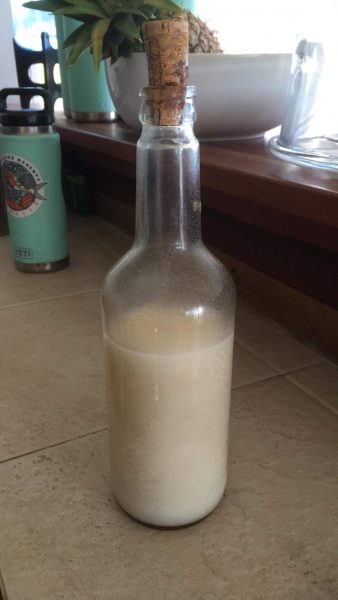
- Coconut tree: Much needed shade and hammock hanging
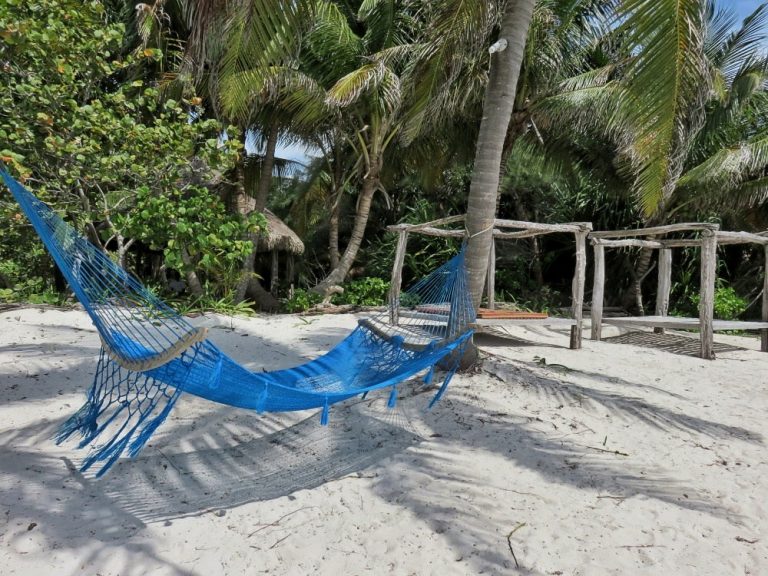
- Husks: Used for burning, especially to keep away bugs like mosquitos
- Shells: Artwork
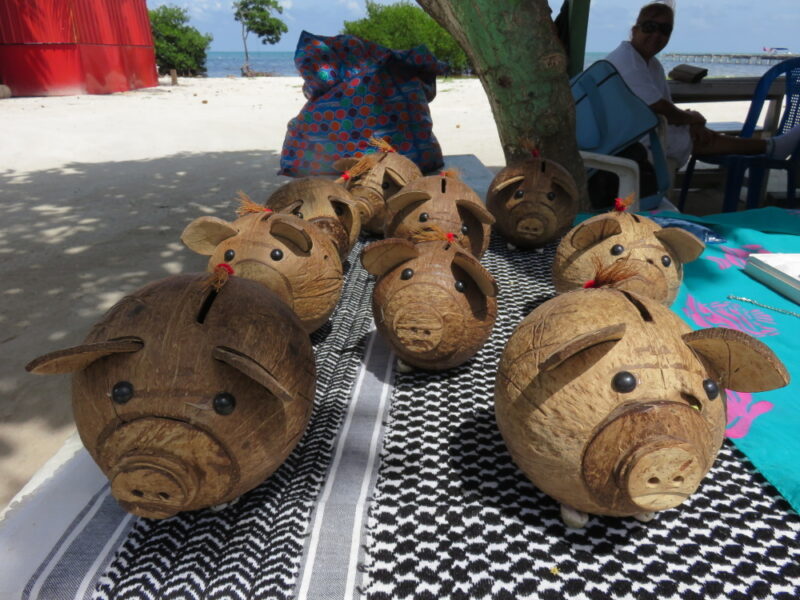
Fronds: Shade or barriers (temporary walls) – baskets, hats, other woven items
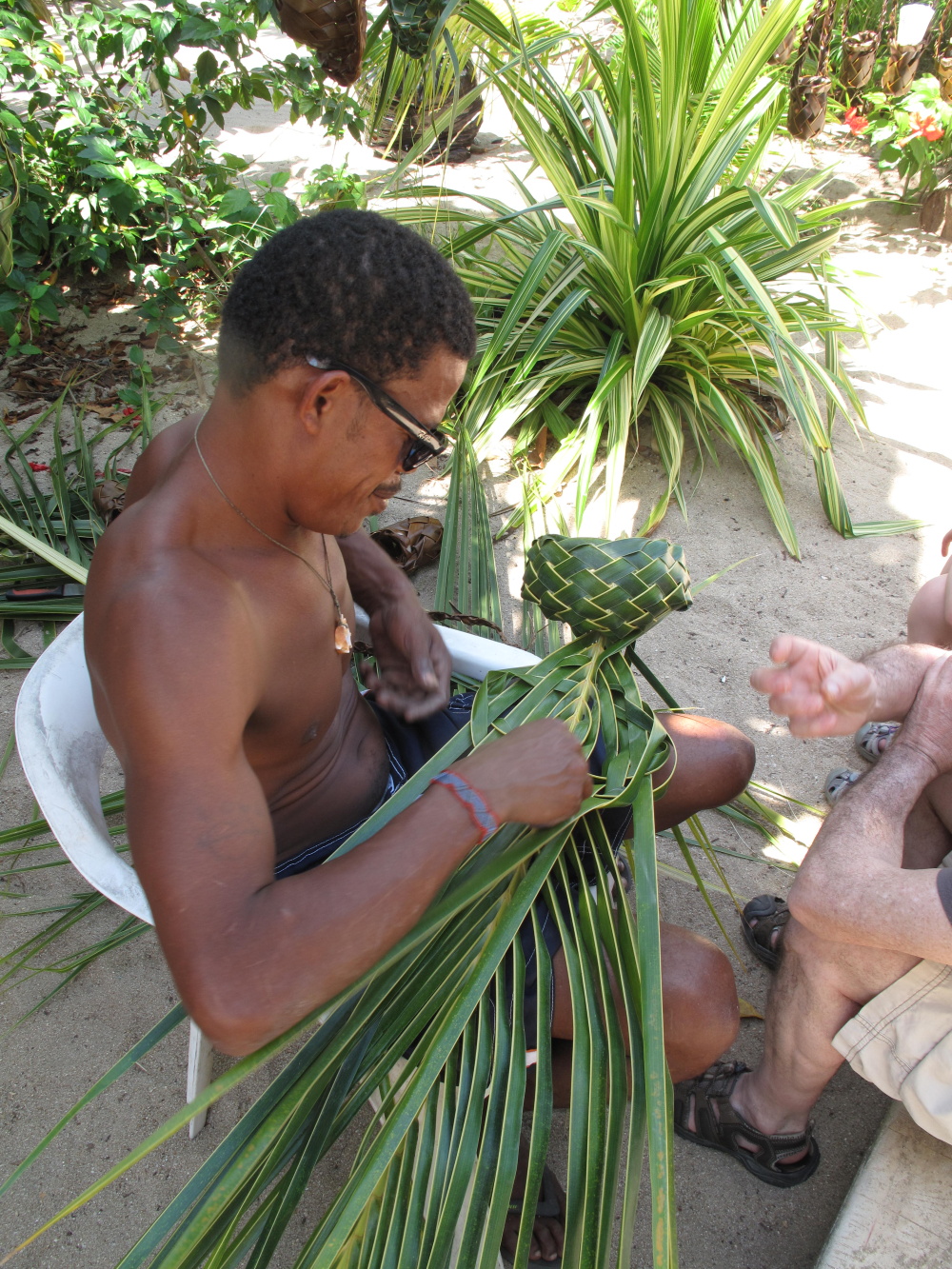
Other Uses Around the World (And I’m Scraping the Surface)
- The flowers: tapped as a source of sap, used for vinegar, alcohol (I saw it in India) and coconut sugar
- The Husk: Used as coir (a planting medium)
- The oil, meat: Animal food
- Ribs of the fronds: Toothpicks and satay skewers
- Wood: Building materials
So before I go on and on and on…next time you pass a palm, take a moment to consider the amazing coconut.
I’ve got these beauties in my refrigerator right now. A bit of sweet sweet coconut water is a great way to jump-start your Monday morning – and…if you are not used to it, a great way to jump-start your bowels.
Have a great day AND let me know if you know of more uses for the coconut. I’m kinda obsessed right now.
And if you have some time – you can read about this German nudist who only ate coconuts for years…you can see how that worked out.
Posted in: